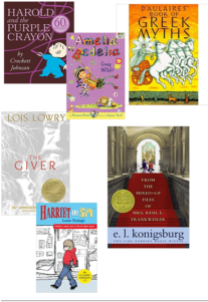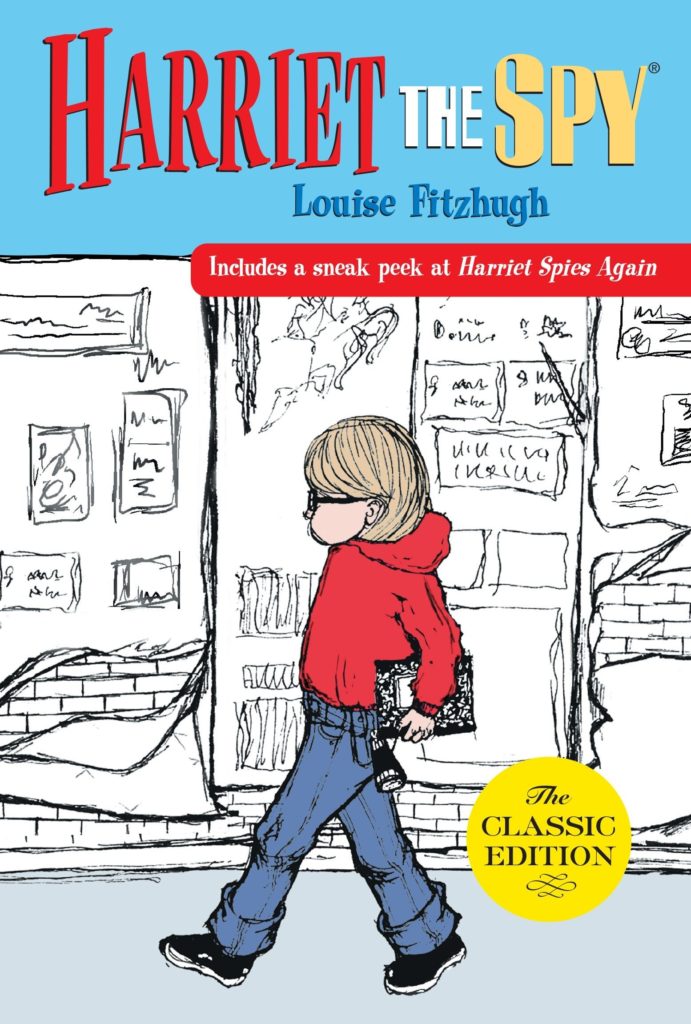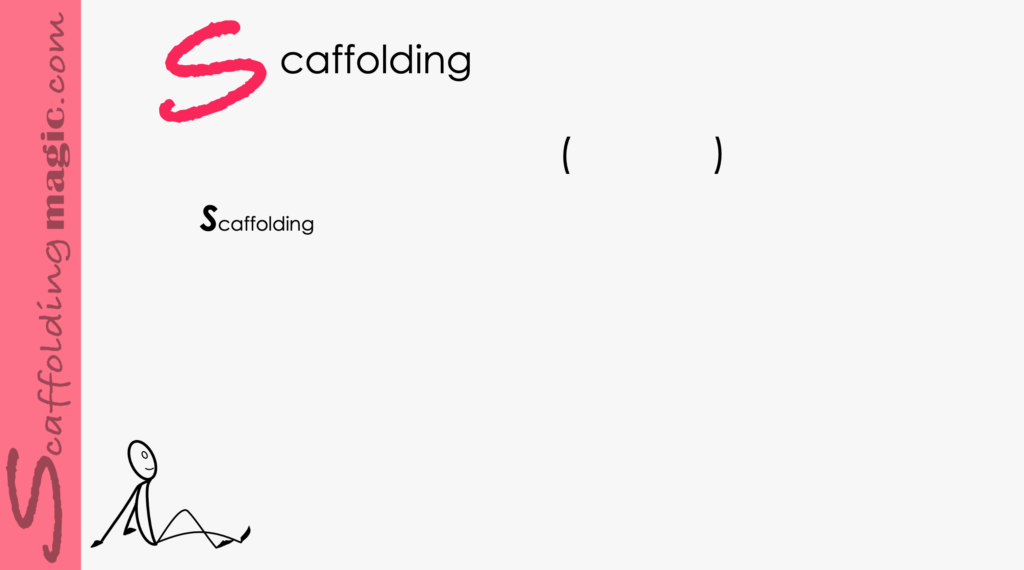You caught a beauty!!!
Download PDF of scaffold here.

Download PDF of scaffold here.
theory behind the scaffold…
The first days of school often begin with book lists either sent home to parents, posted on the walls of our classroom, or presented to our students as a preview of what the school year will hold. This scaffold helps us to make the introduction of the exciting books we’re going to read with our students, interactive and a learning experience in itself. It includes ‘soft skills’ (cooperative work, communication development, building confidence levels, etc.), and the core dynamic we’ll use throughout the year (student-centred learning) so that our young students understand immediately that they are going to be active participants in their own learning.
This scaffold can be used at any point in the school year; however, it is a perfect way of honouring librarians who, on April 17th of every year, all over the world, have their day: International Day of the Librarian. Often the unsung literary heroine or hero of the school – many times in unseen ways – we can help our students to honour their school librarians through direct recognition of the diversity and accessibility of books they make available to us.
Most of us have a favourite book list we use year after year, giving us a comfort level for the material we’ll be using in our classes. For new and experienced teachers alike, we stay young and vibrant when we update at least some of our books every year. Asking our librarians is usually an easy and efficient way of finding out about new acquisitions. We can also explore new publications through up-to-date book lists. Once we’ve decided, here’s a way of introducing the list to our students and helping them to anticipate the adventures that are in store for them.

step by step…
- Make a visual collection of the book covers of 10-15 of the books you have chosen for the school year and place the images in a PPT or on large pieces of paper so that all students can see them.
- Use Bloom’s Taxonomy to write questions about each cover that will help students to go from lower-level to higher-level thinking.
NOTE: In the examples below of the questions formed with Bloom’s Taxonomy of Learning, you’ll see that:
- if we use a lot of the academic language necessary to talk about the covers, we give our students the tools to do the same. Later, we also help them to recognise these words, terms and phrases when they begin the books.
- if we include sequencing phrases in our questions, our students will hear them and use them in authentic circumstances, will be able to assimilate order more readily, and will be able to use them with more ease and in more appropriate situations in the future.
- Pair up students* and give each a small piece of paper with a number written on it. (You can use double digits: Pair 22, Pair 33, Pair 44, etc. or use this as a way of reinforcing mathematical concepts: double digits to challenge their learning: Pair 2×9 (Pair 18 stands up) Pair 3×9 (Pair 27 stands up), Pair 4×9 (Pair 36 stands up), etc.)
- Call pairs by their numbers (you can use equations), and begin asking the questions you’ve prepared.

- Teacher: Pair 9 x 5
- Pair with the number ’45’ stands up
- Teacher: What is the title of the book?
- StudentsA: Harriet the Spy
- Teacher: Pair 3 x 9
- Pair with the number 27 stands up
- Teacher: How do we know that Harriet the Spy is the title of the book?
- Students: It has the largest font on the cover.
- Teacher: Pair 4 x 12
- Pair with the number 48 stands up
- Teacher: Who is the author?
- Students: The author is Louise Fitzhugh
- Teacher: Pair 8 x 7
- Pair with the humber 56 stands up
- Teacher: How do we know that is the name of the author?
- Students: It is the name underneath the title.
Continue with Questions from Bloom’s Taxonomy of Critical Thinking Questions:

- (Remembering) What are spies?
- (Understanding) Why would it be a questionable idea for a spy to wear a red shirt?
- (Applying) What might happen at school that might need a spy to help?
- (Analysing) What is the difference between a spy and a police officer?
- (Evaluating) How do we know if a spy has done a good job?
- (Creating) If a spy came to school, what would you ask her to solve?
- Continue this dynamic until you’ve introduced all the book covers you’ve chosen.
- Formative assessment: Make a class trip to the library and the librarian gives your students a visual tour of the books available to them. The Librarian has prepared a presentation of the same books you’ve just reviewed in class, plus 4-5 different ones.
as a continuation – interaction with the Librarian…
- The Librarian goes through a similar dynamic as above of asking and eliciting answers about the book covers you have gone over in class, and then asks about the new covers.
- You’ll know by your students’ participation if they’ve assimilated the vocabulary from the books you’ve chosen and will be able to evaluate how much of the academic language they’ve learned by the vocabulary they use to express knowledge about the books the Librarian has chosen.
- In the end, one of our goals is that they gain respect the valuable resource the Librarian is for them, and that they now feel a sense of familiarity with the library.
- Reflection: Students draw their favourite book cover and draw themselves reading it with, with 3-4 sentences explaining what they think the plot of the book is.
*If our students can work in pairs, they feel more supported in their scholastic activities and so their anxiety levels are reduced and their learning increases.
ideas for new books…

Reading lists for Elementary School students
Popular Books for Young Readers
New York Public Library’s 100 Best Children’s Books


Scaffoldingmagic.com is your entryway into DYNAMIC bilingual learning methodologies, such as Phenomenon-Based Learning, CLIL, EMI, and ESL. You’ll find ways to implement critical thinking tools (DOK) to promote higher level thinking, the growth mindset, instill an ethic of excellence, deep reflection on learning, and all through multi-cultural, interdisciplinary activities. We have the keys to turning competences into action and to creating collective efficacy in your school so you move ahead as a unified, enthusiastic team.



